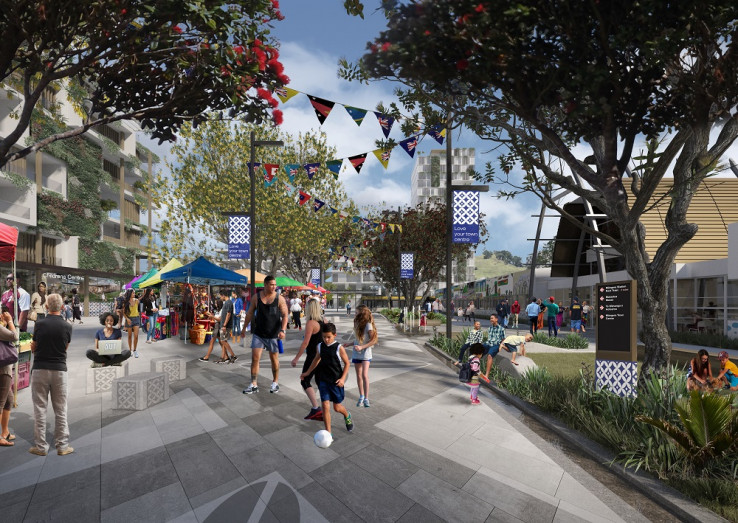Auckland Light Rail is a win for urban planning, people and the planet
21 Huitanguru 2022
Late last month, Cabinet announced the much-anticipated decision on the route and mode for Auckland Light Rail, the $14.6b project to create mass rapid transit between the CBD and Māngere.
Over the last year, I have had the privileged of serving on the Auckland Light Rail(external link) Establishment Board. The Board oversaw the work of the Establishment Unit that produced the Indicative Business Case for Auckland Light Rail.
Employing the expertise of multiple partners, the Indicative Business Case produced the evidence that allowed Ministers to agree to progress the tunnelled light rail option as the first part of a fully linked up rapid transit network for Auckland.
This option means that as well as linking Auckland’s two largest employment centres – the CBD and the Mangere airport precinct – light rail will change the way our city grows and provide neighbourhoods along the route with easier access to jobs, education and the amazing things Auckland has to offer.
Importantly it will drive urban patterns that enable more sustainable transport choices, reduce sprawl, lower emissions and that are more inclusive.
Tunnelling in the section to Mt Roskill provides capacity for decades to come as well as reducing disruption to Queen Street and Dominion Road. From an urban perspective, it offers the opportunity to locate stations where urban development is feasible and supported. This includes the Wesley neighbourhood, where Kāinga Ora is actively building and enabling more quality housing as part of the Roskill Development(external link).
With this approach, built environment and transport complement each other – the mass transit capacity of light rail allows for densification near stations, and more densification around stations ensures good patronage, making the investment viable.
Not having to follow existing roads provides flexibility in the next stage of the project to ensure we optimise the benefit from our investment.
Conversely, running the light rail at ground level in the southern section makes sense. It will partly run along the State Highway 20, and it provides more frequent stops in Mangere.
Most importantly it provides for a stop in the Mangere Town Centre. Through our current work in Māngere, we know that Māngere Town Centre is the heart of this community, but is currently not well serviced by public transport. We heard this very clearly from the community during the engagement for light rail.
This matters, because everyday reliance on cars to get to work or education puts pressure on household budgets and makes it much harder for the area to transition to low-emissions lifestyles and accommodate urban growth.
‘Turn up and ride’ light rail will change this, opening up new opportunities for work and education. This will benefit the existing community as well as those that will make Māngere their home over the next decades.
This win-win-win for urban planning, people and the planet did not happen by accident. I have been impressed by how the project partners have come together in the Establishment Unit with people from Auckland Council, Auckland Transport, Waka Kotahi, the Ministry of Transport and Kāinga Ora working jointly for the good of our city.
It has also been heartening to see the good work done to engage with Mana Whenua and the communities along the light rail corridor in what was a very tight timeframe, despite the challenges that Covid-19 brought.
The Board held some robust debates and no doubt within the unit about the option to recommend, but the result is a way forward that has broad support and that we now need to get on with.

Render of the Auckland Light Rail Mangere Station. Image credit: Auckland Light Rail
Auckland Light Rail key facts
- Length: 24 kms from Wynyard Quarter to Auckland Airport
- Frequency: every five minutes
- Journey time: 32 minutes
- Capacity: 15,000 people per hour (meaning 12,000 fewer cars)
- New homes along the route: 66,000 in 30 years
- Budget: $14.6 billion
- Total project timespan: 10 to 12 years
Media Contact
Kua whakahoungia te whārangi: 21 Huitanguru 2022
